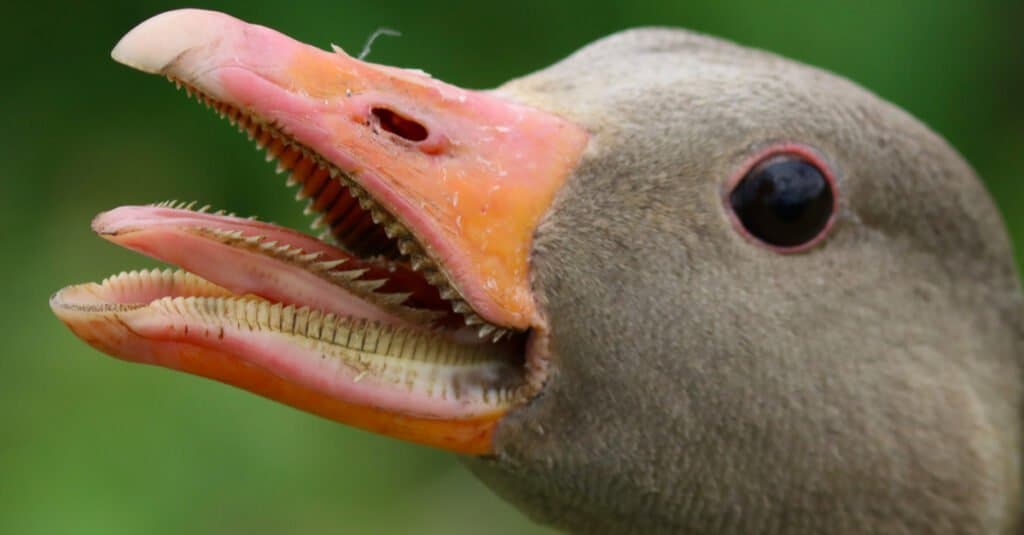Understanding Goose Tongue: A Comprehensive Guide
Goose tongue is not just a culinary term but an intriguing subject that encompasses various aspects of gastronomy, biology, and culture. In this article, we will delve into the fascinating world of goose tongue, exploring its significance, uses, and the science behind it. As we journey through this topic, you will discover how this unique ingredient has captured the attention of chefs and food enthusiasts alike.
Goose tongue refers to the edible parts of the goose, particularly the flesh and delicacies derived from its tongue. This ingredient is often celebrated in various cuisines around the world, particularly in regions where goose farming is prevalent. The culinary versatility of goose tongue has made it a sought-after item in gourmet dishes, showcasing its rich flavor and texture.
In addition to its culinary appeal, goose tongue also has interesting biological and cultural implications. Understanding this ingredient from multiple perspectives will not only enhance your culinary knowledge but also give you insights into how food shapes our lives and traditions. So, let's dive deeper into the world of goose tongue!
Table of Contents
- What is Goose Tongue?
- Nutritional Value of Goose Tongue
- Culinary Uses of Goose Tongue
- Preparation Techniques for Goose Tongue
- Cultural Significance of Goose Tongue
- Health Benefits of Goose Tongue
- Environmental Impact of Goose Farming
- Conclusion
What is Goose Tongue?
Goose tongue, in culinary terms, typically refers to the tender meat that is harvested from the tongue of the goose. This part of the bird is a delicacy in many cultures due to its unique texture and flavor profile. The tongue is often described as having a rich, savory taste that can enhance various dishes.
In addition to its culinary use, the term "goose tongue" can also refer to specific varieties of wild plants, which are often used as garnishes or flavor enhancers in dishes. Understanding the context in which goose tongue is used can significantly impact culinary practices and preferences.
Characteristics of Goose Tongue
- Rich flavor profile
- Tender texture
- Versatile in various dishes
Nutritional Value of Goose Tongue
The nutritional profile of goose tongue is another aspect worth exploring. This ingredient is not only flavorful but also packed with essential nutrients. Here is a quick overview of the nutritional benefits:
- High protein content
- Rich in vitamins B12 and B6
- Contains essential amino acids
- Source of healthy fats
Incorporating goose tongue into your diet can offer numerous health benefits, making it a valuable addition to any meal plan.
Culinary Uses of Goose Tongue
Goose tongue can be prepared in a variety of ways, and its versatility makes it a favorite among chefs. Here are some popular culinary uses:
Traditional Dishes
- Goose tongue stew
- Grilled goose tongue
- Goose tongue pâté
Modern Gastronomy
In contemporary cuisine, chefs are experimenting with goose tongue in innovative ways, such as:
- Incorporating it into gourmet salads
- Using it as a filling for dumplings
- Creating unique sauces and dressings
Preparation Techniques for Goose Tongue
Preparing goose tongue requires specific techniques to ensure the best flavor and texture. Here are some popular methods:
- Soaking in brine for enhanced flavor
- Slow cooking to tenderize the meat
- Smoking for a unique taste profile
Mastering these techniques can elevate your culinary creations and impress your guests.
Cultural Significance of Goose Tongue
Goose tongue holds a special place in various cultures around the world. In some regions, it is considered a delicacy reserved for special occasions, while in others, it is a staple in traditional dishes. Understanding the cultural context of goose tongue can enhance your appreciation for this ingredient.
- In European cuisine, goose tongue is often featured in festive meals.
- Asian cultures may incorporate goose tongue into traditional soups and broths.
Health Benefits of Goose Tongue
In addition to its delicious flavor, goose tongue offers several health benefits, including:
- Supporting muscle growth due to high protein content.
- Boosting energy levels with essential vitamins.
- Contributing to heart health with healthy fats.
Environmental Impact of Goose Farming
As we explore goose tongue, it's essential to consider the environmental impact of goose farming. Sustainable farming practices can minimize the ecological footprint of goose production, ensuring that this delicacy can be enjoyed for generations to come.
- Responsible sourcing of geese.
- Emphasis on ethical farming practices.
- Promotion of local farms to reduce transportation emissions.
Conclusion
In conclusion, goose tongue is a remarkable ingredient that deserves a place in culinary discussions. From its rich flavor profile to its numerous health benefits, understanding goose tongue can enhance your culinary experiences. We encourage you to explore this ingredient further, whether through cooking or learning about its cultural significance.
What are your thoughts on goose tongue? Share your experiences or any recipes you would like to try! Don't forget to subscribe to our newsletter for more culinary insights!
We hope you found this article informative and engaging. Come back to our site for more exciting discussions about food, culture, and health!
Exploring The Life And Career Of Amanda Swisten
Demi Moore Striptease: The Iconic 1996 Film That Redefined Cinema
Billy Raymond Burton: The Life And Legacy Of A Rising Star

Goose Tongue What Does It Look Like and Does It Have Teeth? AZ Animals

Do Geese Have Teeth? (All You Need To Know) Birdfact

Goose Tongue Photograph by Rick Fisk